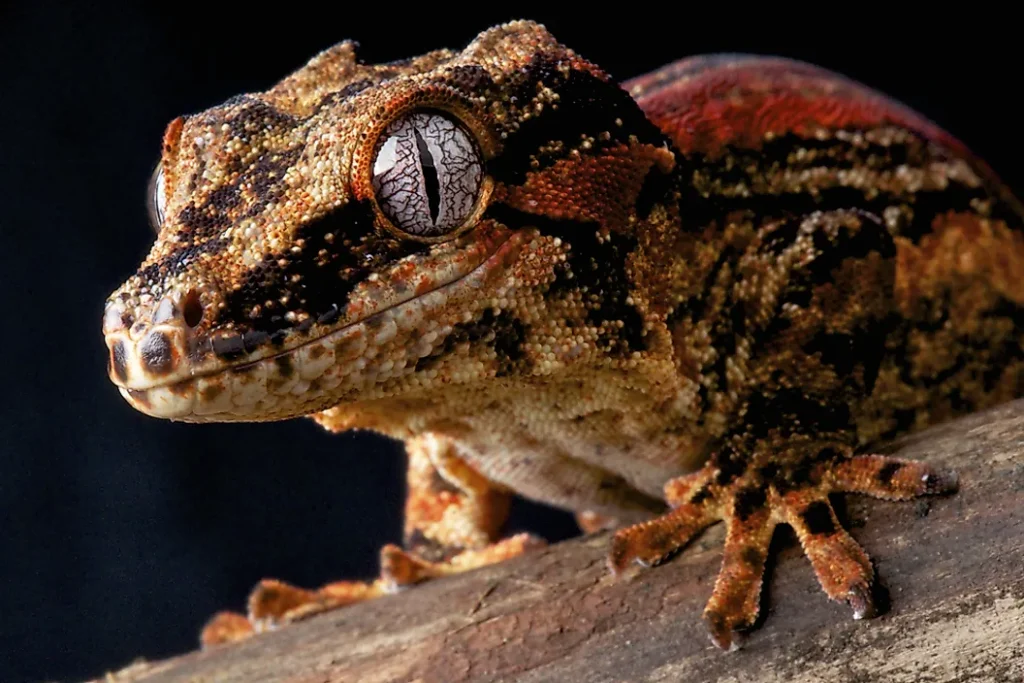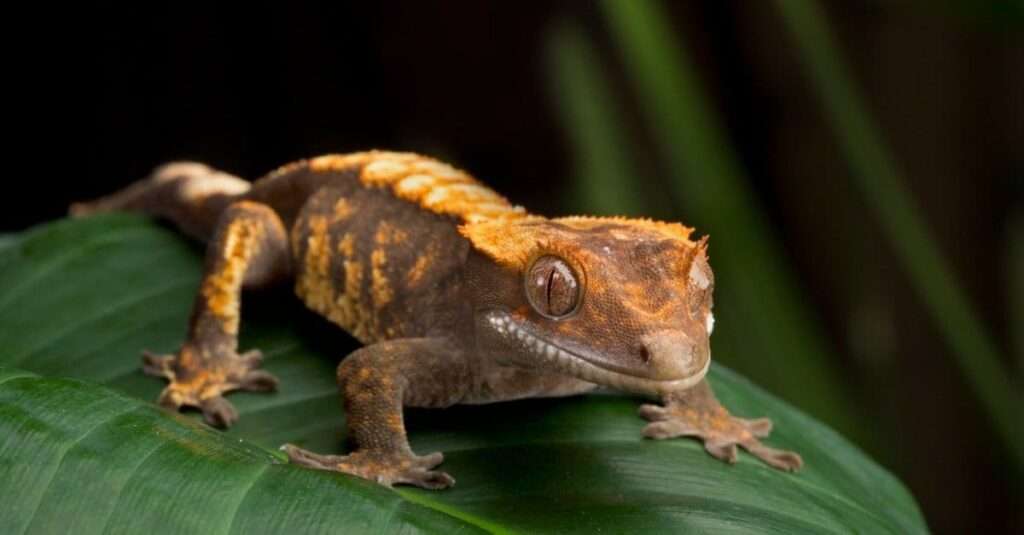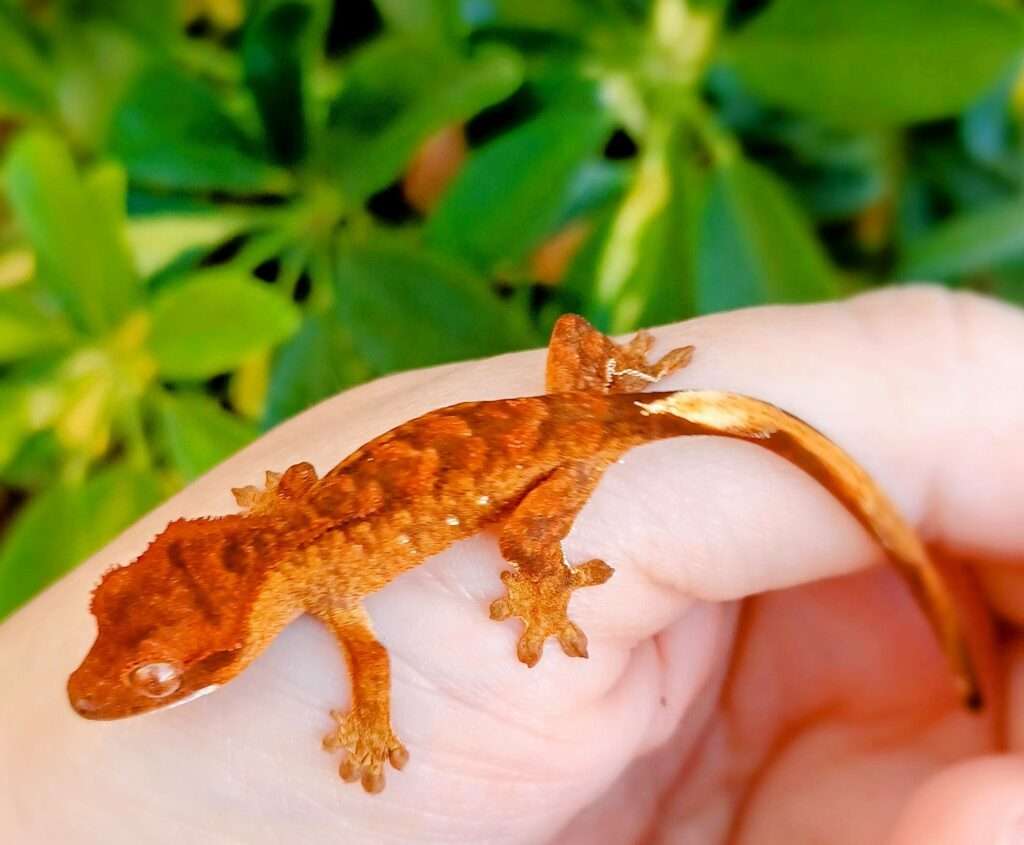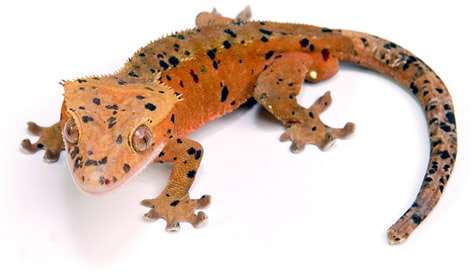
Description:
Scientific name: Rhacodactylus auriculatus
Life span: About 15 years
The knob-headed huge gecko, the New Caledonian bumpy gecko, or the gargoyle gecko (Rhacodactylus auriculatus). The cranial lumps that resemble horns or ears give this lizard its common name; in fact, the Latin word auriculatus means “ears” or “eared,” depending on the context. The thin prehensile tail and tiny adhesive toe pads of this gecko are some of its additional distinguishing features. Although these geckos can grasp vines, branches, and other obstructions, the majority cannot scale sheer surfaces like glass.
Native Region/Habitat
Just the southernmost part of the island of New Caledonia is home to it. Deforestation on the island is threatening its habitat.
Behavior:
Most of the time, gargoyle geckos are nocturnal. They live in scrub woodlands and are an arboreal species. Two eggs are laid by the female in each clutch, and they usually hatch 60 to 90 days later. Eight to nine clutches can be produced annually by the female.
They have been reported to survive on a mixed diet in their natural environment of southern New Caledonia. According to one study, they typically eat a wide range of ecological and taxonomic arthropods, lizard prey including geckos and skinks, as well as different plant elements like flower parts and sap.
They can move approximately three times the length of their body to reach a vine or tree branch, but because their feet do not have as much traction as those of other geckos, they occasionally stumble, giving the impression that they are clumsy. They have little trouble moving around since their skin will expand to follow their movements as long as it is maintained moist.
Care As a pet/In captivity:

Housing: Fortunately, the gargoyle gecko won’t require a particularly huge enclosure. Although a 10-gallon tank is a viable option, a bigger reptile vivarium (target for at least 12x12x12) is advised. You should seek for a front-facing door and vents because they will help with humidity retention, and glass or plastic is also an option.
Heat: Gargoyle geckos don’t need a particularly heated habitat like some other reptiles do. Considering how adaptive these geckos are, you might not even need extra heating or lighting. But the majority of gecko owners choose a heat source, like a heat lamp, preferably with white or transparent low-wattage incandescent or halogen bulbs.
Make sure the temperature doesn’t rise above 85 degrees Fahrenheit. Aim to maintain one side of the enclosure in the upper 70s or low 80s if you’re using a basking lamp, while the other side stays around 74 degrees.
Humidity: Attempt to maintain a constant humidity level in the gargoyle gecko’s enclosure between 60 and 70 percent at all times. Owners of geckos can use a digital hygrometer to monitor humidity levels and modify the vents to make sure there is adequate moisture being trapped.
Food and Water: The gargoyle gecko is regarded as choosy despite being an omnivore. For example, some people may not want to consume live insects and may require commercial fruit- and vegetable-based diets. These geckos are routinely fed waxworms, crickets, mealworms, and dubia roaches when maintained as pets.
To increase the nutritional value of their meal, you can choose gut-loaded insects or dust them with calcium and multivitamin supplements (target for every other feeding).
It’s still best to add a small water dish in your gecko’s enclosure even if they often don’t drink a lot of water. While they occasionally opt to soak to aid in shedding, a shallow dish is best. Also, make sure they frequently clean and refresh the water.
Table





